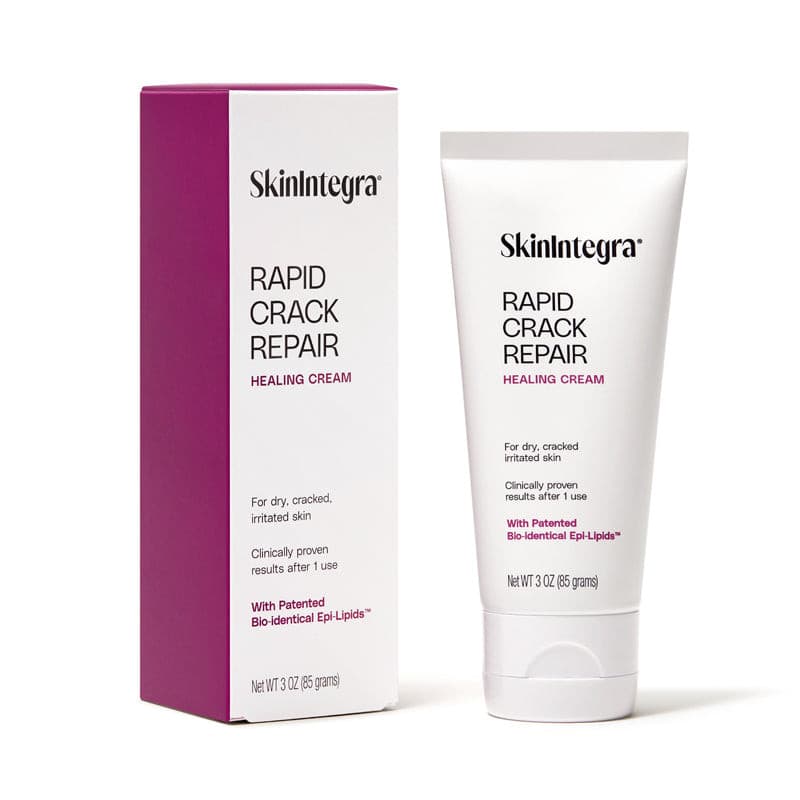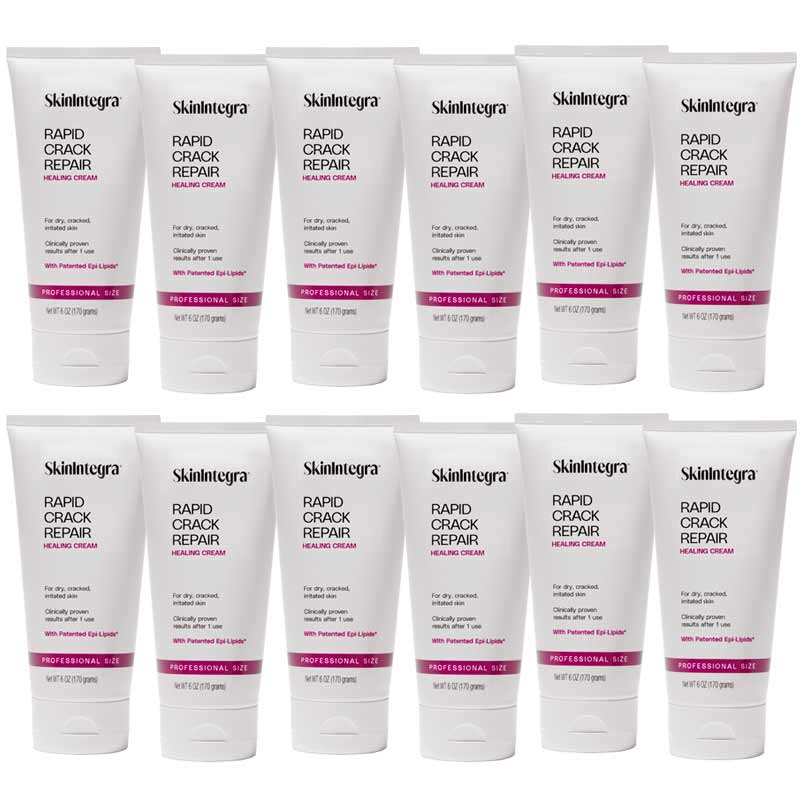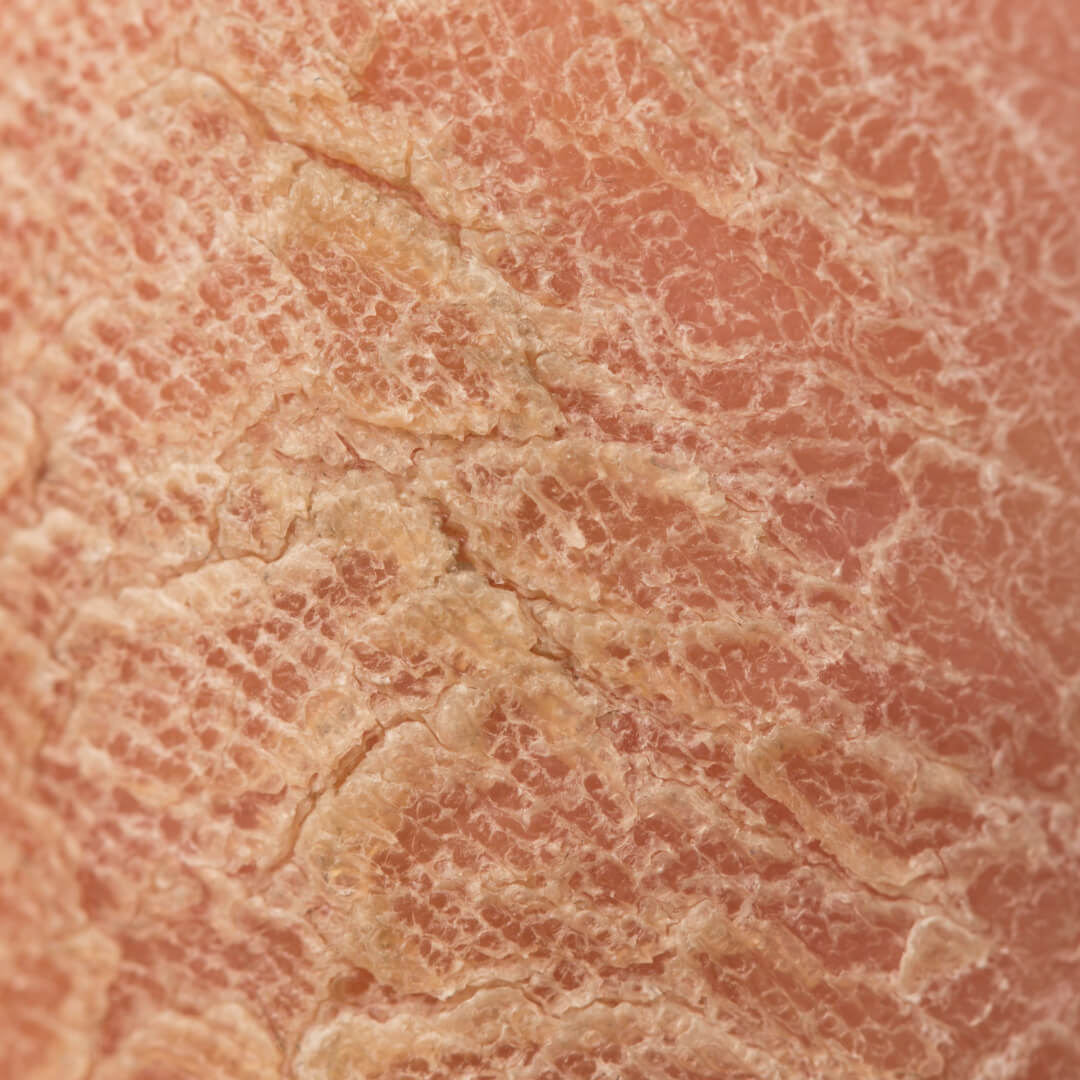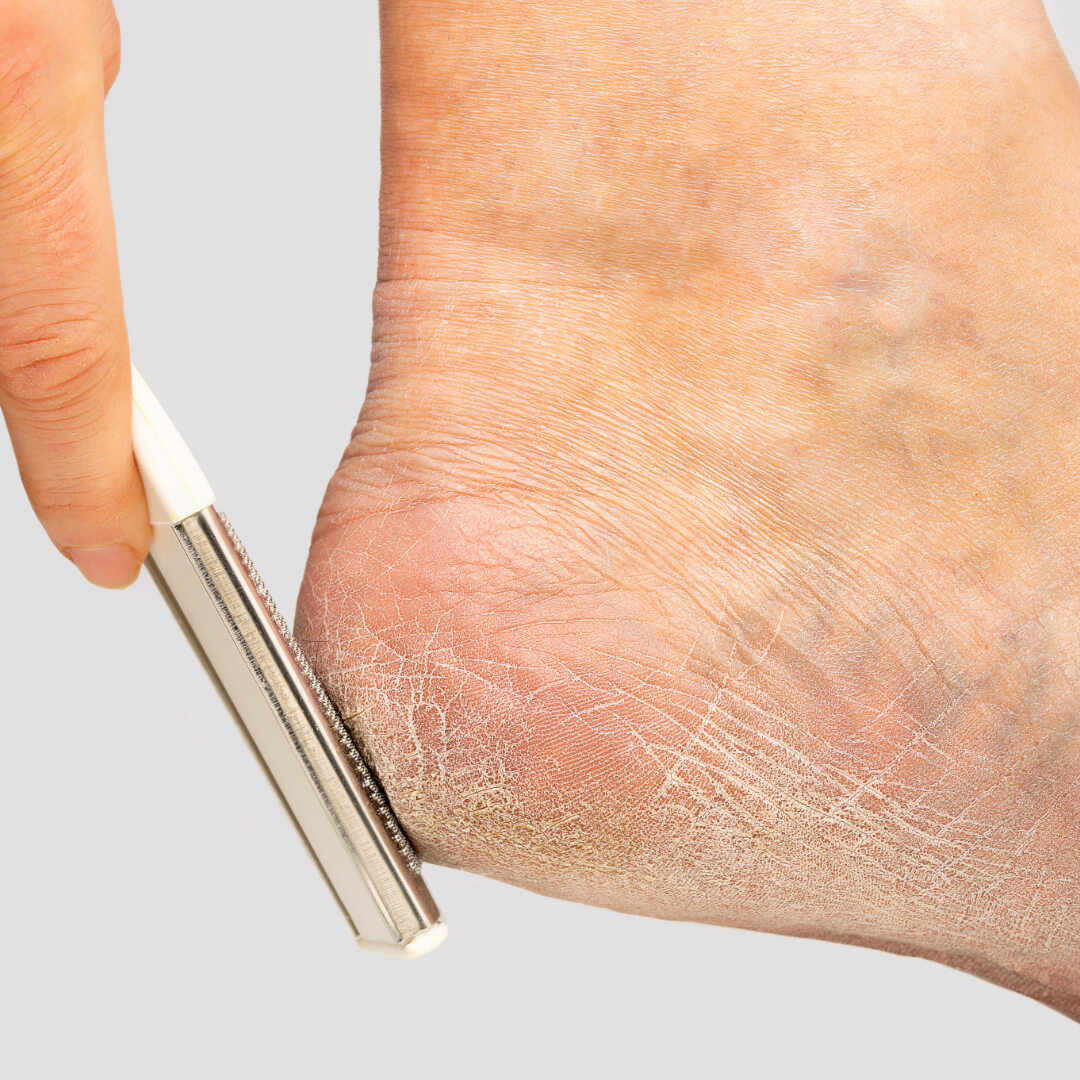If you live with diabetes, you’ve probably been told to “take special care of your feet.” That’s because even a small cut, nick, or infection can quickly become serious. For many, a regular salon pedicure seems like harmless pampering — but for diabetic feet, it can be risky.
That’s where a medical pedicure comes in. Sometimes called a “medi-pedi,” this podiatrist-approved treatment combines the relaxation of a pedicure with the safety and precision of medical foot care. In this guide, we’ll explore what makes it different from a salon pedicure, why it’s especially important for people with diabetes, how to choose a qualified provider, and how to maintain the benefits at home with the right skin care routine.
Why Salon Pedicures Can Be Risky for People With Diabetes
Diabetic feet face three main risks:
-
Slower healing due to reduced circulation
-
Higher infection risk from even minor cuts or nicks
-
Loss of sensation (neuropathy), meaning injuries can go unnoticed
Unfortunately, salon pedicures often involve:
-
Shared foot baths that can harbor bacteria
-
Sharp tools that can cause injury
-
Technicians without medical foot care training
For people with diabetes, this combination can be dangerous. Even a tiny nick can lead to an infection that’s slow to heal — sometimes progressing to ulcers or other serious complications.
What Is a Medical Pedicure?
A medical pedicure is a non-invasive foot treatment performed by a podiatrist or a certified medical nail technician trained to address foot health concerns.
Instead of focusing purely on appearance, it’s designed to:
-
Improve foot health
-
Address existing skin or nail issues
-
Prevent future complications
Key features:
-
Sterile, clinical environment – Tools are medical-grade and sterilized after every use.
-
Waterless treatment – Avoids bacteria-prone foot baths.
-
Personalized care – Tailored to your medical needs, including diabetic considerations.
-
Expert practitioners – Skilled in identifying early signs of problems.
Medical Pedicure vs. Salon Pedicure: What’s the Difference?
While both services may seem similar at first glance, the focus and execution of a medical pedicure are very different from a salon pedicure. A medical pedicure is performed in a sterile, clinical setting by a podiatrist or certified medical nail technician, with every tool carefully sterilized to prevent infection. Treatments are waterless to eliminate bacteria risks, and the focus is on foot health — addressing calluses, cracked heels, fungal nails, corns, and other skin issues.
In contrast, a salon pedicure is primarily aesthetic, often involving shared foot baths, which can harbor bacteria, and technicians without medical training. While salon pedicures can improve the look of your feet with polish and surface-level skin smoothing, they may not be suitable for people with diabetes or anyone concerned about infection risks. A medical pedicure provides a personalized, safety-focused experience designed to improve both the look and health of your feet.
Who Should Get a Medical Pedicure?
While beneficial for everyone, medical pedicures are especially important if you:
-
Have diabetes or circulation issues
-
Are elderly or have trouble reaching your feet
-
Are an athlete or spend long hours on your feet
-
Want the safest possible pedicure experience
Choosing the Right Medical Pedicure Provider
Selecting the right professional is just as important as the treatment itself.
Look for:
-
Certification as a Medical Nail Technician or licensure as a podiatrist
-
A clean, clinical setting (not a typical nail salon environment)
-
Clear sterilization procedures for tools
-
Experience treating diabetic feet
-
Willingness to answer questions about hygiene and safety
Red flags:
-
Reusing tools without sterilization
-
Using foot baths with questionable cleaning practices
-
Aggressive use of sharp blades or razors
-
Lack of knowledge about diabetic foot care
How Often Should People With Diabetes Get a Medical Pedicure?
For most patients with diabetes:
-
Every 6–8 weeks is ideal for ongoing maintenance.
-
Increase frequency if you have recurring issues like cracked heels or thickened nails.
-
If you have any open wounds, infections, or ulcers — skip pedicures until cleared by your podiatrist.
Benefits of a Medical Pedicure for Diabetic Feet
-
Infection Prevention – Sterile tools and expert handling minimize risks.
-
Early Detection – Identifies problems before they worsen.
-
Pain Relief – Treats corns, calluses, and ingrown nails.
-
Better Mobility – Healthy feet make walking easier.
-
Confidence Boost – Healthy feet look and feel great.
Aftercare: Maintaining Results at Home
To extend the benefits of your medical pedicure:
-
Wear comfortable, supportive footwear
-
Inspect your feet daily for changes
-
Avoid walking barefoot, even at home
Dr. Anne Sharkey, Double Board-Certified Podiatrist and Founder Solely Podiatry & Nail Salon - "At Solely Podiatry & Nail Salon, we prioritize both foot health and comfort—especially when working with clients whose skin is prone to dryness, fissuring, or slow healing, such as those with diabetes. That’s why getting a medical pedicure—performed by a trained podiatrist or medical nail technician in a sterile, waterless environment—is crucial for minimizing infection risk while delivering therapeutic results. Paired with SkinIntegra’s Rapid Crack Repair Cream, which combines 25% urea, lactic acid, and essential skin-repairing lipids in a fragrance- and dye-free formula, we’ve seen unparalleled improvements: smoother, softer skin, dramatically reduced cracks, and long-lasting barrier repair. This combination isn’t just pampering—it’s proactive foot health care.”
Why SkinIntegra Rapid Crack Repair Cream Is the Perfect Partner for Medical Pedicures
When you invest in a medical pedicure, you’re doing more than beautifying your feet — you’re taking an important step in protecting your health. But to get the longest-lasting results, aftercare matters just as much as the treatment itself. That’s where SkinIntegra Rapid Crack Repair Cream makes the difference.

1. Born From Diabetic Skin Research
SkinIntegra’s patented formula was developed through extensive research into the unique challenges of diabetic skin. The company found that people with diabetes often have deficiencies in their skin barrier — the outermost layer that keeps moisture in and harmful microbes out. These deficiencies can lead to:
-
Increased skin dryness
-
Micro-cracks and fissures
-
Slower healing times
-
Greater susceptibility to infections
By understanding exactly which components are missing or weakened in diabetic skin, the SkinIntegra team was able to create a formula that replenishes and restores the barrier in a way that traditional moisturizers simply can’t.
2. A Patented, Skin-Mimicking Composition
The formula is more than just a moisturizer — it’s a barrier repair therapy. SkinIntegra combines:
-
Skin-mimicking lipids (ceramides, cholesterol, fatty acids) to rebuild the skin’s structural integrity
-
Nutrients (vitamins and antioxidants) to nourish and protect against oxidative stress
-
25% urea and lactic acid to deeply hydrate and safely soften calluses and thickened skin
This precise ratio is patented to mimic the composition of healthy skin, creating the optimal environment for faster healing.
3. Clinically Proven to Outperform 40% Urea Creams
Many diabetic foot care regimens rely on high-concentration 40% urea creams. While effective at breaking down thick skin, these products can often cause stinging, redness, or irritation — especially on sensitive or compromised skin.
In an independent clinical trial, SkinIntegra’s patented barrier repair composition with 25% urea and lactic acid delivered faster results on dryness and cracks compared to a leading 40% urea cream, and did so with significantly less irritation.
What this means for you:
-
Faster improvement in skin smoothness and hydration
-
Quicker healing of painful cracks
-
Reduced discomfort — even for sensitive or diabetic skin
This makes SkinIntegra a safer, more comfortable choice for post–medical pedicure care, when your skin is freshly exfoliated and more receptive to targeted hydration and repair.
4. Post–Medical Pedicure Benefits
After a medical pedicure, your skin has been carefully debrided of dead cells and smoothed — but that also means your barrier is temporarily more exposed. Applying SkinIntegra immediately after your appointment:
-
Locks in hydration provided by the pedicure
-
Seals micro-fissures before they can widen or become painful
-
Targets remaining callus-prone areas
-
Supports barrier recovery, reducing the risk of post-treatment dryness or irritation
-
Prolongs the softness achieved during the pedicure for weeks instead of days
5. Safe for Everyday Use
-
Fragrance-free, dye-free, and paraben-free
-
Non-greasy and absorbs quickly
-
Suitable for all skin types, including highly sensitive or compromised skin
-
Holds the American Podiatric Medical Association Seal of Approval
-
Recommended by podiatrists for patients with diabetes and chronic dry skin
Frequently Asked Questions
Q: Can people with diabetes get pedicures?
A: Yes — but only a medical pedicure is considered safe for diabetic feet.
Q: How often should I get one?
A: Every 6–8 weeks for maintenance, more often if you have recurring issues.
Q: Is it safe if I have neuropathy?
A: Yes, but it’s critical to choose a trained provider who understands neuropathy-related risks.
Q: Will a medical pedicure hurt?
A: No — it’s gentle and focused on comfort.
Q: How do I know if my provider is qualified?
A: Ask about certifications, sterilization, and diabetic foot care experience.
Q: Why is SkinIntegra better than 40% urea creams?
A: It delivers faster results on dryness and cracks with less irritation.
Q: Can I use SkinIntegra on my hands too?
A: Yes — it’s safe and effective for dry, cracked skin anywhere on the body.
The Bottom Line
If you have diabetes, your feet deserve more than cosmetic care. A medical pedicure offers safety, hygiene, and expert attention that a salon pedicure can’t match. Pair it with SkinIntegra Rapid Crack Repair Cream at home to keep your skin barrier healthy, your heels smooth, and your feet protected all year long.





